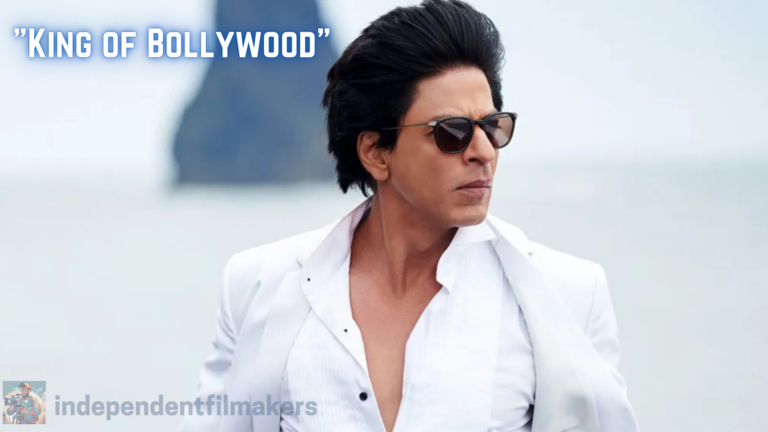The Sony a1 and a9 III stand out as two of the most remarkable cameras ever manufactured, presenting a challenging decision for prospective buyers. This insightful video delves extensively into both models, providing valuable guidance to assist you in selecting the ideal camera for your needs.

In this informative video presented by Jared Polin, we delve into a comprehensive comparison between the Sony a1 and a9 III mirrorless cameras. Both models represent the pinnacle of Sony’s mirrorless technology, tailored to meet the exacting requirements of professionals and advanced enthusiasts. While the a9 III showcases groundbreaking global shutter technology, the a1 emerges as a versatile powerhouse, seamlessly combining high-resolution imaging with remarkable speed.
The a9 III stands out as a remarkable achievement, marking the first full-frame mirrorless camera to integrate a global shutter. This innovation eradicates the distortions and artifacts commonly encountered with rolling shutters, delivering instantaneous readout from its 24.6 MP sensor. Particularly advantageous for action and sports photographers, this feature enables continuous shooting at up to 120 fps and flash synchronization at shutter speeds of up to an astounding 1/80,000 second. Moreover, the global shutter ensures consistent exposure across the frame in diverse lighting conditions, endowing the a9 III with exceptional versatility in challenging settings. Additionally, its pre-capture and speed boost functionalities guarantee that crucial moments are never missed. Further enhancing usability and flexibility, the refined body design includes dual CFexpress Type A/SD card slots and a 3.2″ multi-angle touchscreen.
In contrast, the Sony a1 is tailored as a comprehensive tool for professionals seeking outstanding image quality and high-performance video recording capabilities. Featuring a 50.1 MP Exmor RS sensor, it boasts higher resolution than the a9 III, facilitating detailed stills and 8K video capture. Paired with the BIONZ XR processor, this sensor enables shooting at speeds of up to 30 fps with autofocus and auto-exposure tracking, alongside a wide ISO range of up to 102,400 for low-light conditions. Notably, the a1’s video capabilities are equally impressive, supporting recording at 8K 30p and 4K 120p, catering to filmmakers requiring high-resolution and slow-motion footage. Additionally, its advanced autofocus system, spanning 92% of the image area with 759 phase-detection points, ensures precise focusing across various shooting scenarios.
Both cameras offer a range of premium features, such as dual memory card slots, advanced weather sealing, and comprehensive connectivity options encompassing Wi-Fi, Ethernet, and USB 3.2. Additionally, they both feature impressive electronic viewfinders, with the a1 boasting a slightly higher resolution and refresh rate, providing a slight advantage in this aspect.
The choice between these two cameras comes down to the specific needs of the photographer or videographer. The a9 III’s global shutter and unparalleled speed make it the ultimate tool for capturing action without compromise, offering groundbreaking performance in sports, wildlife, and event photography. On the other hand, the a1’s higher resolution, superior video capabilities, and versatile performance across both stills and motion make it a jack-of-all-trades for those who require the utmost in image quality and multimedia flexibility. Check out the video above for Polin’s full thoughts on both cameras.

















